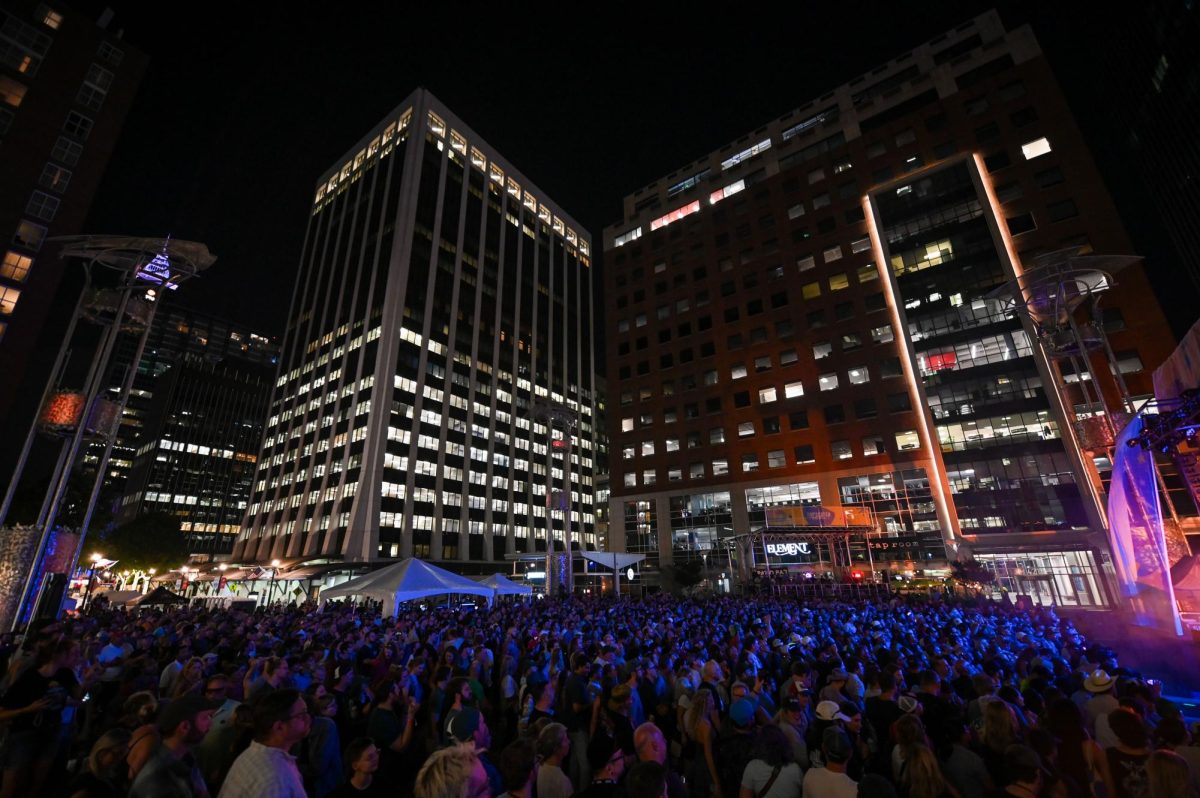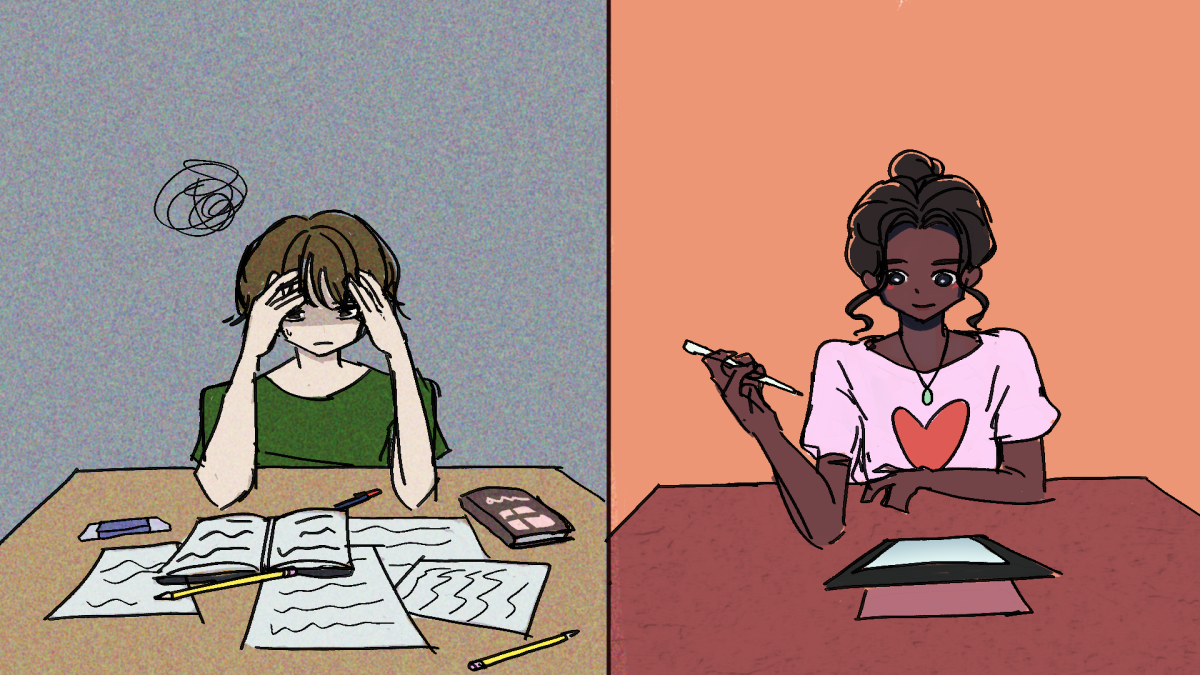A new exhibition at the Gregg Museum is challenging ideas on the U.S. immigration debate with photography and salvaged items from the U.S.-Mexico border.
Borderlands is an exhibition by photographer Susan Harbage Page, with a central focus on the humanity of immigrants crossing the U.S.-Mexico border. The exhibition achieves this with photography and real examples of items dropped by immigrants entering the U.S.
Page has been traveling to the U.S-Mexico border for more than a decade, capturing these images and gathering objects.
“I first got on a plane and went to really walk the borders in 2007, when I heard a statistic that 20 percent more women and children die crossing the border than men,” Page said. “I just wanted to see for myself.”
Page also explained a turning point in her childhood that compelled her to stay dedicated to this project, describing an experience during a camping trip in Europe with her mother in 1969.
“At the border going into Romania, we were detained and locked up into a room,” Page said. “There were guys with guns, there [were] no cell phones, they took everything out of our car… It was pretty scary. I think this idea of being in between and not feeling safe and not belonging to either side really impacted me.”
The Gregg Museum has the exhibition set up in the Randy and Susan Woodson Gallery. Roger Manley, director of the Gregg Museum of Art & Design, spoke about the Gregg’s decision to display an exhibition like Borderlands.
“One of the things that we are really focused on is trying to give people ideas or make them think,” Manley said.
The walls within the Randy and Susan Woodson Gallery are full of framed photographs, with a low-rising display in the middle of the gallery that is covered in a variety of salvaged items.
“I have about a thousand objects, and they’re part of this thing I call the anti-archive of trauma of the U.S.-Mexico border,” Page said. “Usually our archive comes from people who are rich and famous, people who have an extra attic to put their grandma’s stuff in a chest and keep it.”
Page’s photography displays boats stuck in rivers and yellow tape along paths to signify border patrol encounters.
“Her collection is quite large,” said Evelyn McCauley, the marketing and communications coordinator of the Gregg Museum. “We’re not showing all her photographs by any stretch.”
The display is decorated with salvaged items. These objects range from photo IDs to prevent border patrol from identifying a migrant and immediately sending them back to their place of origin, the underwear of young women raped during the journey, toothbrushes, makeup and even baby shoes.
“When I started this project, I was really aware of representation,” Page said. “Photography has a very colonialist history. It’s very much about white patriarchy going into communities who are ‘other’ and taking photographs and showing what poverty looks like. I just decided to find another way in.”
There is an intentional lack of humans photographed within the exhibition, but every item in each photograph speaks of human presence.
“I just want to acknowledge the resistance and power that these individuals have,” Page said. “I think everyone has a right to belong. I think this work really is about belonging.”
The Borderlands exhibit will be at the Gregg Museum until July 28.







